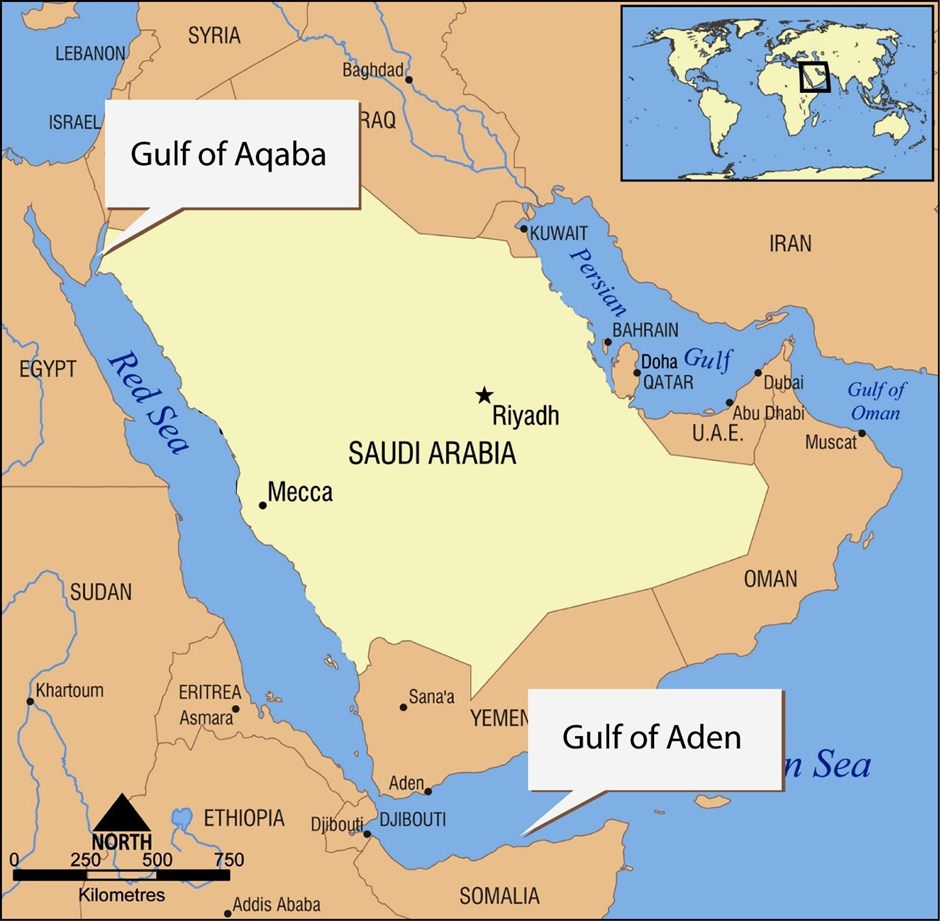Direct to Mobile (D2M) Technology
Direct
to Mobile (D2M) Technology
Why
In News:
![]() The
Department of Telecommunications (DoT) and India’s public service broadcaster
Prasar Bharati are exploring the feasibility of a technology that allows to broadcast
video and other forms of multimedia content directly to mobile phones, without
needing an active internet connection.
The
Department of Telecommunications (DoT) and India’s public service broadcaster
Prasar Bharati are exploring the feasibility of a technology that allows to broadcast
video and other forms of multimedia content directly to mobile phones, without
needing an active internet connection.
What
is direct-to-mobile broadcasting?
![]() The
technology is based on the convergence of broadband and broadcast, using which
mobile phones can receive terrestrial digital TV.
The
technology is based on the convergence of broadband and broadcast, using which
mobile phones can receive terrestrial digital TV.
![]() It
would be similar to how people listen to FM radio on their phones, where a
receiver within the phone can tap into radio frequencies.
It
would be similar to how people listen to FM radio on their phones, where a
receiver within the phone can tap into radio frequencies.
![]() Using
D2M, multimedia content can also be beamed to phones directly.
Using
D2M, multimedia content can also be beamed to phones directly.
![]() The
idea behind the technology is that it can possibly be used to directly
broadcast content related to citizen-centric information and can be further
used to counter fake news, issue emergency alerts and offer assistance in
disaster management, among other things.
The
idea behind the technology is that it can possibly be used to directly
broadcast content related to citizen-centric information and can be further
used to counter fake news, issue emergency alerts and offer assistance in
disaster management, among other things.
![]() It
can be used to broadcast live news, sports etc. on mobile phones.
It
can be used to broadcast live news, sports etc. on mobile phones.
![]() More
so, the content should stream without any buffering whatsoever while not
consuming any internet data.
More
so, the content should stream without any buffering whatsoever while not
consuming any internet data.
What
is the need for this technology?
![]() With
increasing consumption of content shifting from TVs to smartphones, it is
becoming the key driver of mobile data growth in India. Hence, it becomes
crucial to bring direct broadcasting capabilities to mobile phones.
With
increasing consumption of content shifting from TVs to smartphones, it is
becoming the key driver of mobile data growth in India. Hence, it becomes
crucial to bring direct broadcasting capabilities to mobile phones.
![]() As
per IIT-Kanpur’s study, the broadcast-capable smartphones will be able to
stream multiple high-quality video/audio services, optimally utilising valuable
spectrum and easing the burden on cellular networks.
As
per IIT-Kanpur’s study, the broadcast-capable smartphones will be able to
stream multiple high-quality video/audio services, optimally utilising valuable
spectrum and easing the burden on cellular networks.
How
D2M can be utilised on a mass scale?
D2M
can ensure-
1.
Emergency Alerts are delivered directly, reliably and without dependence on
internet/cellular networks.
2.
Disaster Management audio content is delivered directly and authentically in a
targeted manner.
3.
A terrestrial fallback is available for broadcast of public content of
strategic or national importance in the event of catastrophic satellite
failures.
4.
Valuable spectrum, land, manpower and other public resources are conserved by
converging Radio services to a common shared broadcast infrastructure where
both audio and video broadcasts can be received through a single interface on
smartphones or smart devices.


Comments
Post a Comment